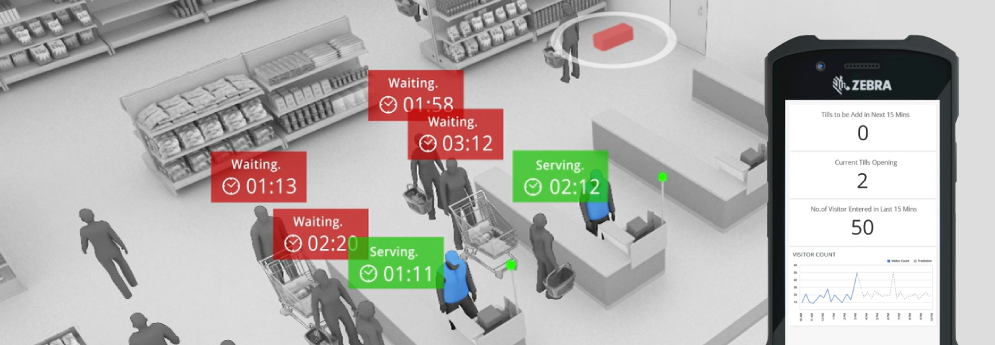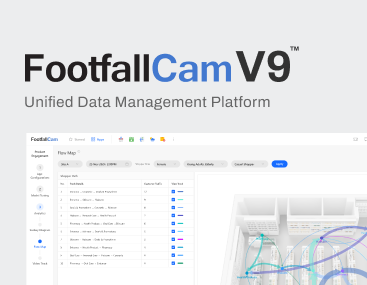By tracking foot traffic, analysing data, and making data-driven decisions, supermarkets can optimize staffing levels, reduce wait times, and enhance the overall checkout experience.

Implementing a people counting system for checkout management in supermarkets can help optimise staffing, reduce wait times, and improve overall customer satisfaction. Here’s a suggested approach:
Install People Counting Sensors: Install people counting sensors or devices at the entrances and exits of each checkout lane or the supermarket as a whole. Ensure proper installation and calibration for accurate counting.
Track Checkout Queues: Utilise the people counting system to monitor the number of people in each checkout queue in real-time. The system should be able to differentiate between customers entering and exiting the queue.
Determine Optimal Staffing Levels: Analyse the data collected by the people counting system to identify peak hours and busy periods in the supermarket. Based on the foot traffic patterns, determine the optimal number of staff required at each checkout lane during different times of the day.
Predict Wait Times: Utilise historical data and real-time queue lengths to predict wait times at each checkout lane. Display estimated wait times on screens or through a mobile app, enabling customers to make informed decisions on which lane to choose.
Queue Management and Staff Allocation: Use the data and wait time predictions to allocate staff resources effectively. Assign more staff to lanes experiencing high foot traffic or longer queues to reduce wait times and ensure efficient checkout operations.
Real-Time Alerts and Assistance: Set up real-time alerts or notifications triggered by the people counting system when queues exceed predefined thresholds. Alerts can prompt staff to open new checkout lanes or provide additional assistance to expedite the checkout process during peak periods.
Monitor Checkout Performance: Continuously monitor the data collected by the people counting system to evaluate the performance of each checkout lane and the overall efficiency of the checkout process. Identify bottlenecks or lanes that consistently have longer wait times and take proactive measures to address these issues.
Customer Feedback and Adjustments: Encourage customers to provide feedback on their checkout experiences, such as wait times or lane efficiency. Regularly review customer feedback to identify areas for improvement and implement necessary adjustments to optimise the checkout management process.
Staff Training and Communication: Train checkout staff on how to interpret the data provided by the people counting system and effectively manage checkout queues. Foster clear communication channels between staff members to ensure efficient coordination during peak periods.
Regular Review and Iteration: Continuously review the effectiveness of the people counting system and checkout management strategies. Make necessary adjustments to staffing levels, procedures, or technology based on evolving customer patterns, feedback, or changes in foot traffic.
By implementing a people counting system for checkout management in supermarkets, you can optimise staffing, reduce wait times, and enhance the overall customer experience. The data-driven approach allows for efficient resource allocation, timely lane openings, and improved customer satisfaction levels.











